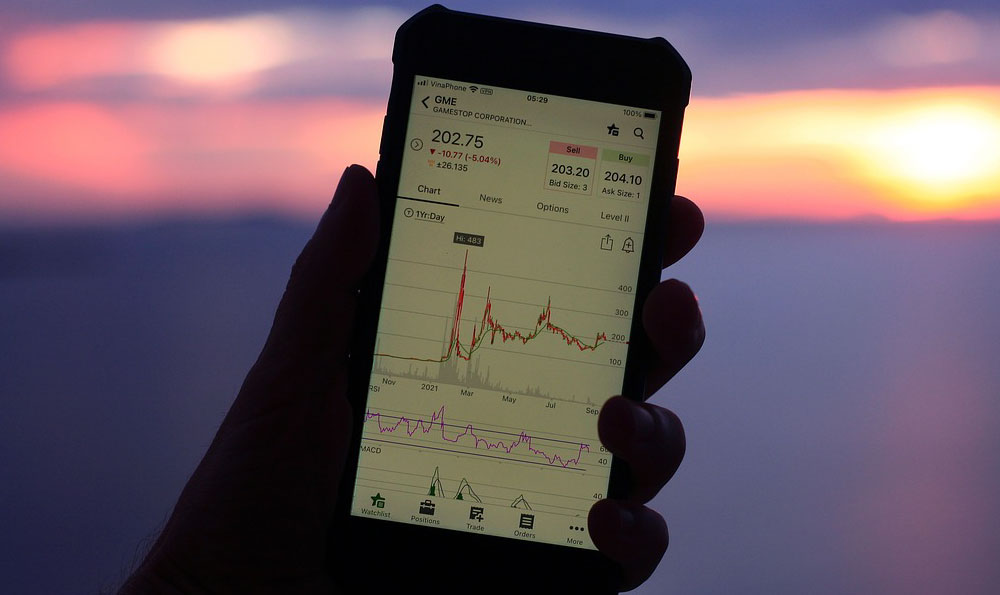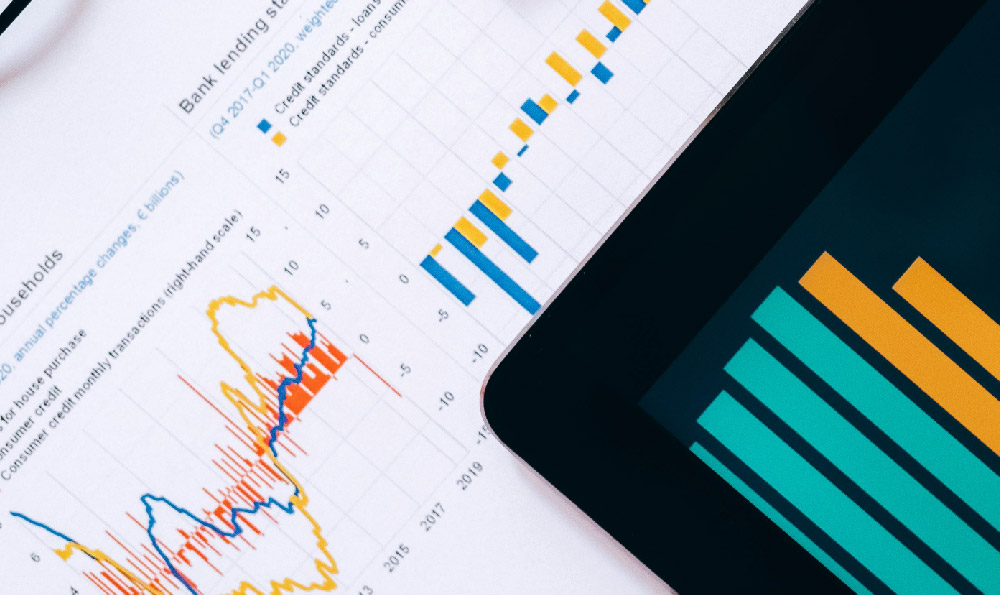How Do Dating Apps Generate Revenue? What Are Their Monetization Strategies?

Dating apps have revolutionized the way people connect, forming relationships in the digital age. But beyond the romance and potential for connection lies a complex business model. These apps, constantly vying for user attention and engagement, need to generate revenue to sustain themselves and grow. Understanding how they do this unveils a fascinating look into the dynamics of online monetization.
One of the most common and readily understood monetization strategies is the freemium model. Dating apps offer a basic version of their service for free, allowing users to create profiles, browse potential matches, and send a limited number of messages. This provides a wide user base, attracting individuals hesitant to pay upfront. However, access to premium features is gated behind a paywall. These premium features typically enhance the user experience and increase the chances of finding a suitable match. Examples include unlimited likes, the ability to see who has liked your profile, profile boosts for increased visibility, and the option to rewind accidental swipes.
The appeal of the freemium model lies in its ability to attract a large audience while offering tangible benefits for paying subscribers. It creates a sense of value proposition – users experience the app's core functionality before deciding if the enhanced features are worth the investment. This allows potential customers to "try before they buy," reducing the perceived risk of subscribing. The pressure to upgrade often builds as users become invested in the app and its potential, leading to a higher conversion rate than a purely paid model might achieve.

Another significant revenue stream for dating apps is subscription services. Unlike the freemium model, subscriptions provide comprehensive access to all or most of the app's features for a recurring fee, typically monthly or annually. Subscriptions cater to users who are serious about finding a partner and are willing to invest in a more complete and streamlined experience. These subscriptions often include features not available in the freemium version, such as advanced search filters, priority placement in search results, and exclusive content or events.
The subscription model provides a more predictable and sustainable revenue stream compared to individual in-app purchases. This allows dating app companies to better forecast their earnings and invest in long-term development and marketing initiatives. The success of the subscription model hinges on consistently delivering value to subscribers, ensuring they feel the benefits justify the recurring cost. This necessitates continuous improvements to the app's features, algorithm, and user interface, as well as proactive customer support and community management.
In-app purchases represent another important facet of monetization. These purchases allow users to acquire specific advantages or enhancements within the app, often on a one-time or limited-use basis. Examples include buying extra "Super Likes" to stand out from the crowd, purchasing profile boosts to increase visibility for a short period, or unlocking the ability to send virtual gifts or stickers. In-app purchases provide a flexible way for users to customize their experience and gain an edge in the dating pool.
The beauty of in-app purchases lies in their ability to cater to impulse buys and individual needs. Users can choose to purchase only what they need, when they need it, providing a sense of control and agency. This approach can be particularly effective for users who are not ready to commit to a subscription but are willing to spend small amounts to improve their chances of success. Strategically placed prompts and enticing offers can further encourage in-app purchases.
Advertising is also a prevalent revenue generation strategy for many dating apps, particularly those relying heavily on the freemium model. Apps display advertisements to users, generating revenue based on impressions, clicks, or conversions. These advertisements can take various forms, including banner ads, interstitial ads (full-screen ads that appear between screens), and native advertising (ads that blend seamlessly into the app's content).
While advertising can be a lucrative revenue source, it's crucial for dating apps to strike a balance between monetization and user experience. Overly intrusive or irrelevant advertisements can be disruptive and detract from the overall user experience, leading to user attrition. Therefore, dating apps must carefully select their advertising partners and tailor advertisements to the interests and demographics of their user base. Contextual advertising, which displays ads relevant to the user's profile or search activity, can be a more effective and less intrusive approach.
Furthermore, data monetization is becoming an increasingly significant aspect of revenue generation for dating apps. By collecting and analyzing user data, dating apps can gain valuable insights into user behavior, preferences, and demographics. This data can then be used to improve the app's algorithm, personalize user experiences, and target advertising more effectively. Data can also be anonymized and aggregated to create valuable market research reports for businesses in various industries.
However, data monetization raises significant privacy concerns. Dating apps must be transparent about their data collection practices and obtain explicit consent from users before collecting and sharing their data. Implementing robust security measures to protect user data from unauthorized access is also crucial. Striking a balance between data monetization and user privacy is essential for maintaining trust and long-term sustainability.
Finally, affiliate marketing represents another avenue for revenue generation. Dating apps can partner with other businesses, such as restaurants, bars, or event organizers, to offer exclusive deals or discounts to their users. When users take advantage of these offers, the dating app receives a commission. Affiliate marketing can be a win-win situation for all parties involved, as it provides users with valuable discounts, drives traffic to partner businesses, and generates revenue for the dating app.
In conclusion, dating apps employ a diverse range of monetization strategies to generate revenue and sustain their operations. These strategies include the freemium model, subscription services, in-app purchases, advertising, data monetization, and affiliate marketing. The most successful dating apps are those that can effectively balance monetization with user experience, providing valuable services while generating sustainable revenue streams. As the dating app market continues to evolve, innovation in monetization strategies will be crucial for staying competitive and meeting the changing needs of users.















